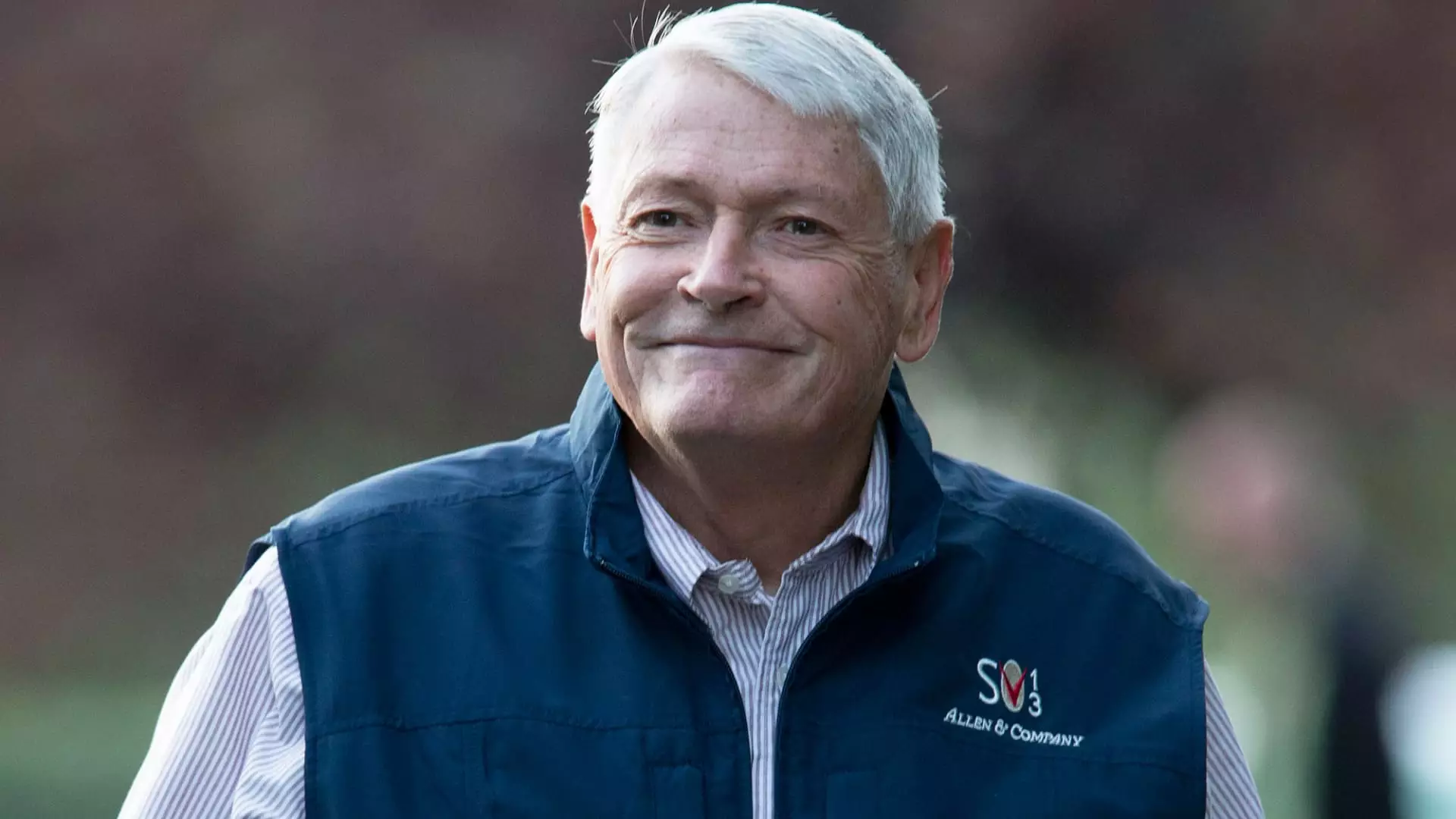In a significant strategic move, Liberty Media has announced the separation of its core assets, centering primarily on the high-profile Formula One auto racing franchise. This restructuring will lead to the creation of a new publicly traded entity dubbed Liberty Live. As part of this transition, the current CEO, Greg Maffei, is set to step down by the end of the year. Taking over as interim CEO will be the veteran executive John Malone, the company’s chairman. This shift is being closely watched as it promises a simpler and potentially more valuable corporate structure moving forward.
The motivations behind this structural overhaul appear to revolve around both value simplification and the strategic repositioning of Liberty Media’s diverse assets. Analysts like Chris Marangi of Gabelli Funds have commented on the necessity of this strategic clarity, claiming that Malone’s leadership is oriented towards enhancing shareholder value by distilling and organizing his media empire. Malone’s 83 years of experience in the media landscape have positioned him as a recognizable force, particularly known for his ability in simplifying complex portfolio structures. Marangi’s reflections hint that the ongoing transition marks the “final act” of Liberty as a standalone entity in the media space.
Following this reorganization, Liberty Media will retain ownership over 2016-acquired Formula One and MotoGP, underscoring its commitment to premier motorsport. In contrast, Liberty Live will control significant stakes, including approximately 69.9 million shares in Live Nation Entertainment and other sports-related enterprises, reflecting a keen interest in the burgeoning sports entertainment industry. This bifurcation of assets appears aimed at creating clear distinctions between the high-octane world of racing and the broader entertainment ventures encapsulated in Liberty Live.
In terms of financial maneuvering, Liberty Media’s split is anticipated to bolster its market position considerably while also facilitating a more straightforward capital structure. The revelation that Charter Communications will acquire Liberty Broadband in an all-stock transaction is another layer to this financial matrix. Liberty Broadband has long been an integral component of Malone’s strategy; having a significant stake in Charter signals a potential consolidation of interests within the telecommunications sector. This move underscores a growing trend in the media landscapes where conglomeration is often seen as a pathway to stability and growth.
Moreover, Maffei emphasized that this restructuring should diminish the discount to the net asset value associated with Liberty Live’s stock and enhance trading liquidity across both new entities. As Liberty transitions under Malone’s interim leadership, a renewed focus on wealth generation and shareholder engagement is likely to arise as central themes.
Maffei’s departure will undoubtedly affect the corporate culture and strategic direction of Liberty Media. Having been involved with the company since 2005, Maffei’s insights and leadership have been pivotal during a transformative period for Liberty. His confidence in the restructuring suggests a carefully considered move that has been years in the making. However, the question remains: can Malone, known historically as the “cable cowboy,” effectively navigate the modern media landscape with its ever-evolving challenges?
Recognized as a pioneering figure in the cable industry and an adept dealmaker, Malone’s re-engagement with Liberty Media’s leadership may offer fresh perspectives but also presents the risk of stagnation under a long-standing figure. Historically, he has been involved in various successful ventures beyond his ownership in Liberty, implying that he possesses an expansive view regarding industry trajectories.
As Liberty Media readies itself for this formidable restructuring, which is poised for completion in late 2025, the market will keenly observe how these changes unfold. The merger of Liberty Broadband into Charter by mid-2027 intensifies the stakes, and the future of both Liberty Media and Liberty Live will depend heavily on their ability to adapt to emerging consumer demands and competitive pressures.
This strategic overhaul, spearheaded by the notable Malone in his interim role, will not only redefine Liberty’s operational blueprint but could also set a precedent for how media companies can evolve in an increasingly fragmented and competitive landscape. As Liberty seeks to redefine its identity and financial narrative, the broader implications for the media and entertainment industry remain to be seen, fostering both anticipation and scrutiny from investors and industry professionals alike.

